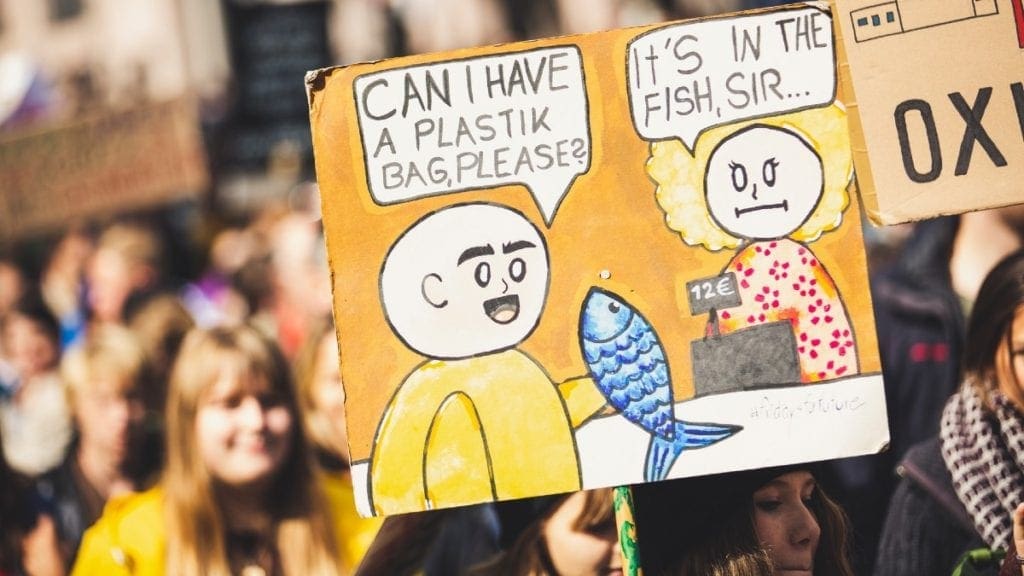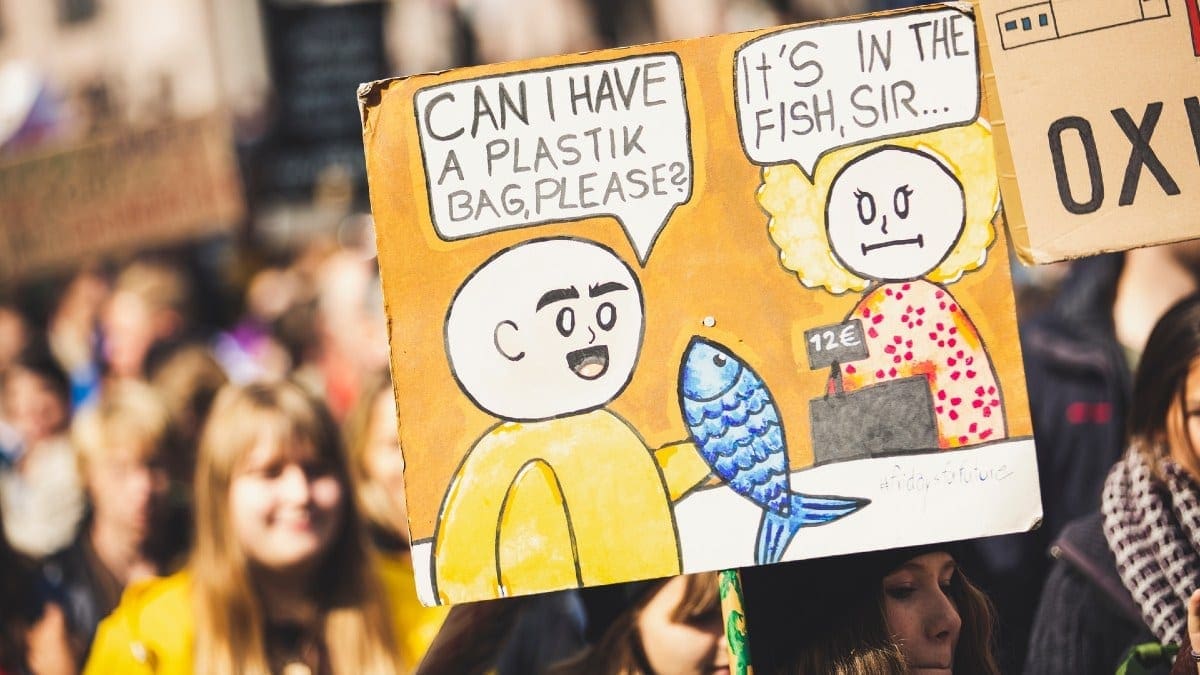While current climate models are often inaccurate and have large outcome ranges, artificial intelligence (AI) once again shows itself to be a potential solution. Companies like Google and IBM are already directly working on applying the technology — and they’re showing promising initial results. Microsoft, on the other hand, has also invested in using AI to predict forest health.

The applications of AI to help in these forecasts are seemingly endless.
For instance, I recently interviewed Priya Donti, the co-chair of Climate Change AI, and she told me we could “analyze satellite imagery to pinpoint sources of carbon dioxide emissions, map the locations of rooftop solar panels, or infer the energy efficiency characteristics of buildings,” just to name some use cases.
The implications are simple but powerful. With highly reliable forecasts, governments can be better prepared for change, and policymakers can be more adequately equipped to make informed decisions.
Here’s how big tech is trying to make this future a reality.
Google using AI to reduce energy and emissions
To put things into perspective, Google’s data centers process a whopping 63,000 searches per second (on average). Hence, the company has to constantly make sure that its servers don’t overheat.
Over the last few years, Google has worked with its London-based subsidiary, DeepMind, to test an algorithm designed to optimize its cooling systems. The results were spectacular.

Recommendations by the algorithm led to energy savings of up to 40%, and a significant reduction in the tech giant’s carbon footprint. By 2018, Google had entrusted AI to manage all of its data infrastructures.
More recently, the two companies worked together to address the variability of wind power generation. They used AI to predict energy output an entire day in advance.
IBM using artificial intelligence to make cities greener
IBM has expanded its AI efforts to cities in China, Japan, South Africa, the UK, and the US. Working closely with IBM’s Green Horizons initiative, launched by the company in 2014, Beijing is using AI to locate pollution sources. For instance, the AI can determine whether to restrict roads or close certain power plants in a particular area.
Within a year of use, concentrations of an air pollutant known as PM2.5 dropped by 20 percent, a major victory for the city’s ongoing “war on pollution.”
Additionally, IBM is creating an AI that can simulate the effects of heatwaves in urban areas. One possible application includes using models to find the best tree-planting locations to maximize tree cover. Doing so would help reduce heat from the pavement.
Other applications … and Microsoft’s investment in using AI to predict forest health
Other enterprises have also taken a stab at leveraging the technology to achieve climate-positive results. Global Fishing Watch is using machine learning to track illegal overfishing.
By leveraging artificial intelligence, Microsoft-backed SilviaTerra is predicting the size and health of trees, which has dramatically improved forest management for conservationists.
Ultimately, if it can surpass its many challenges, AI could be the turning point in the fight against climate change.
Chris is the Founder of Clean My Planet, a grassroots initiative based in St. Louis, Missouri, and a Contributor at The Rising, where he writes about environmental issues through an international lens.
Author: Chris Chen | Photo by Markus Spiske


